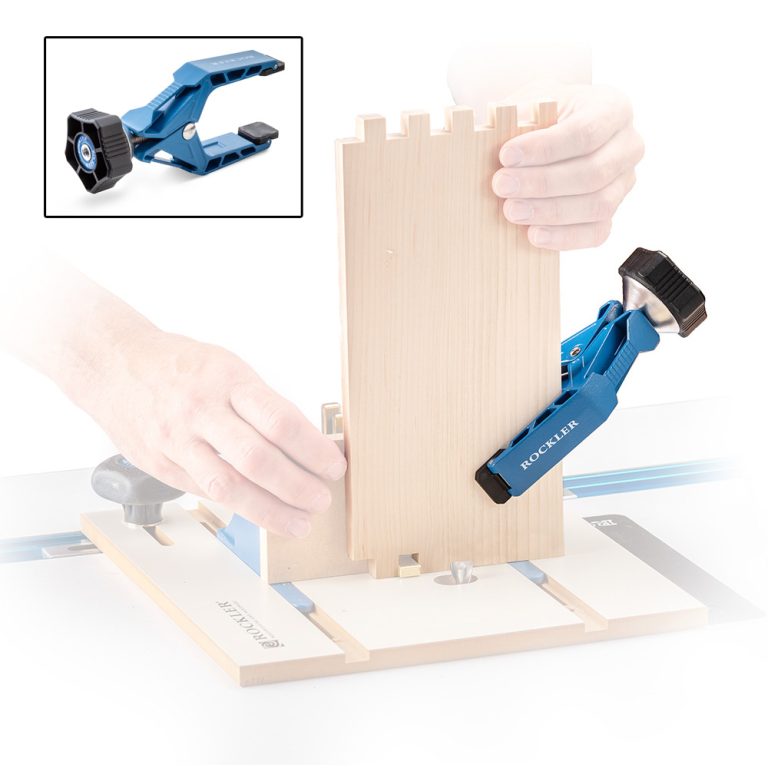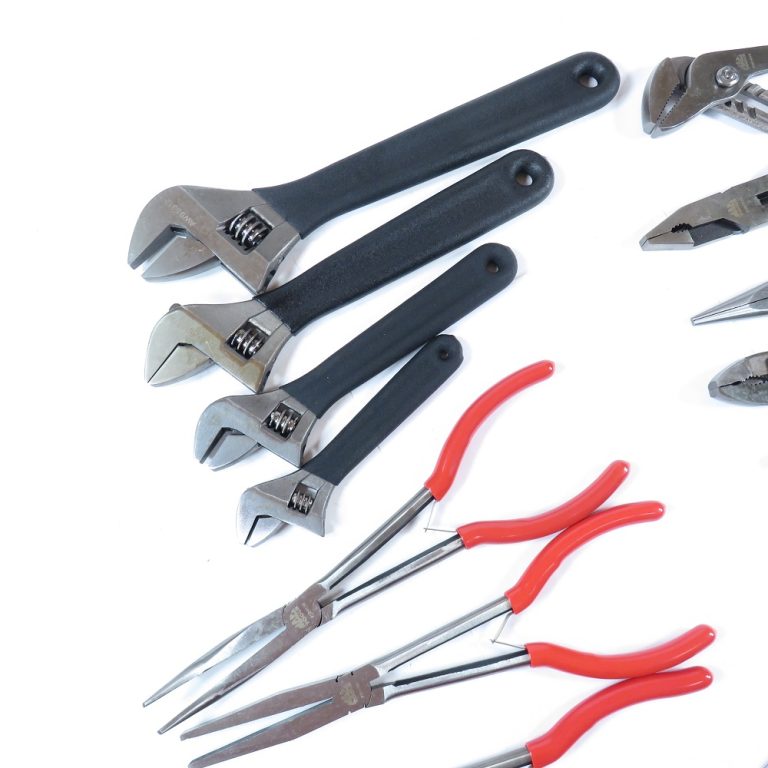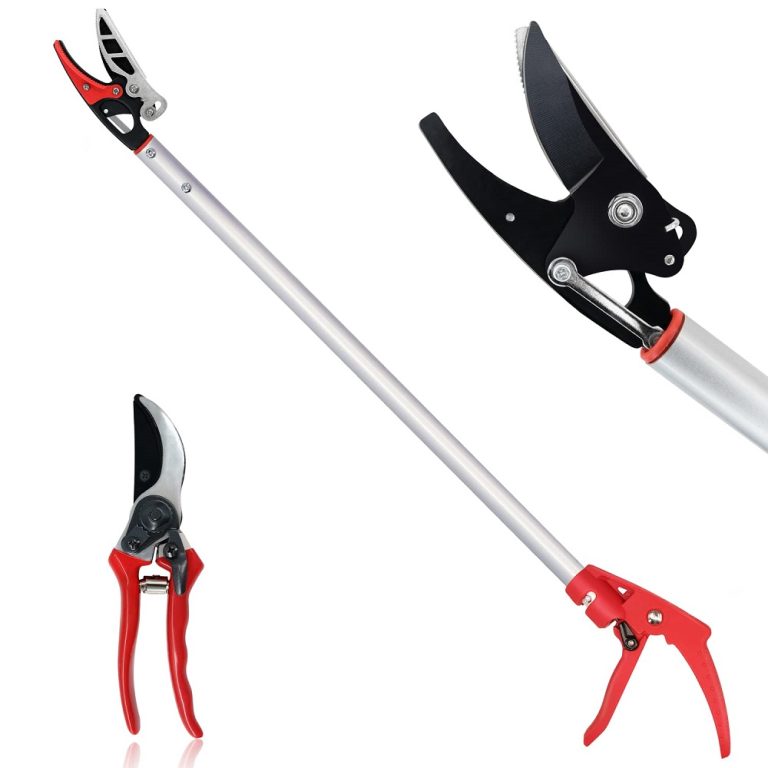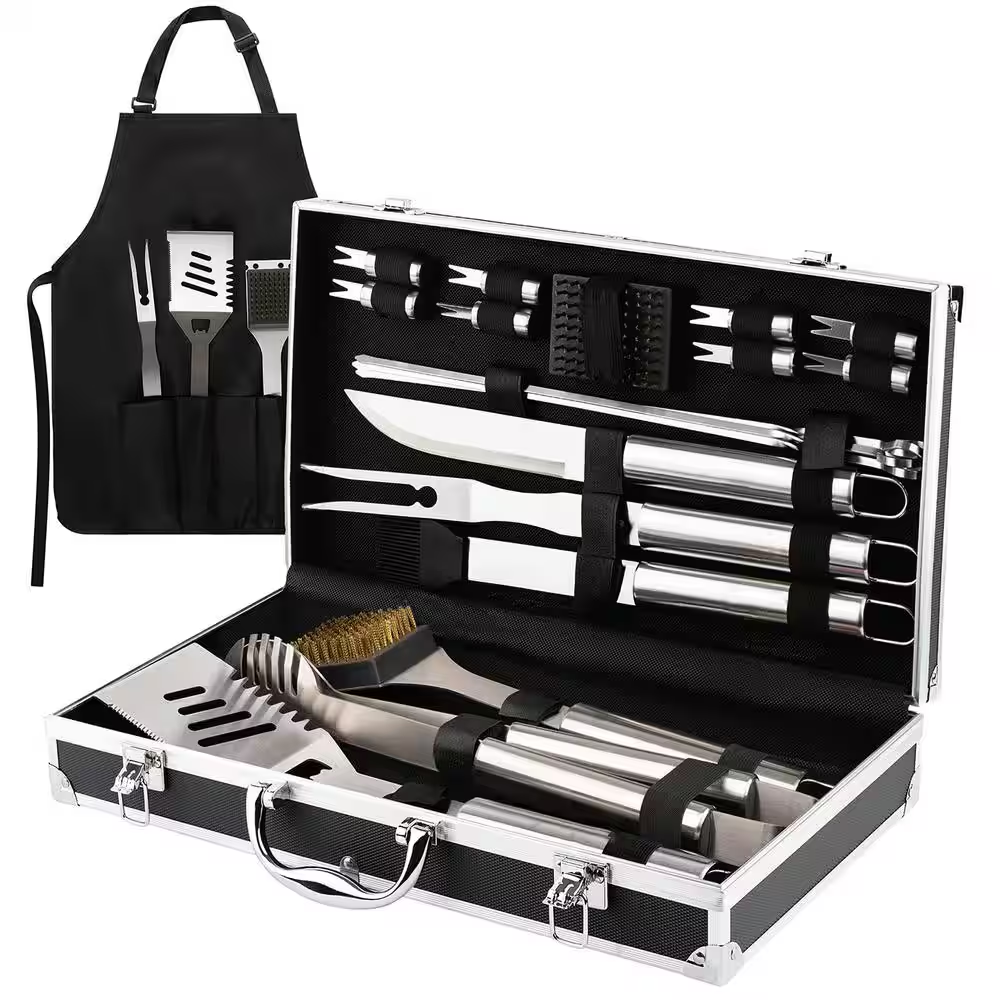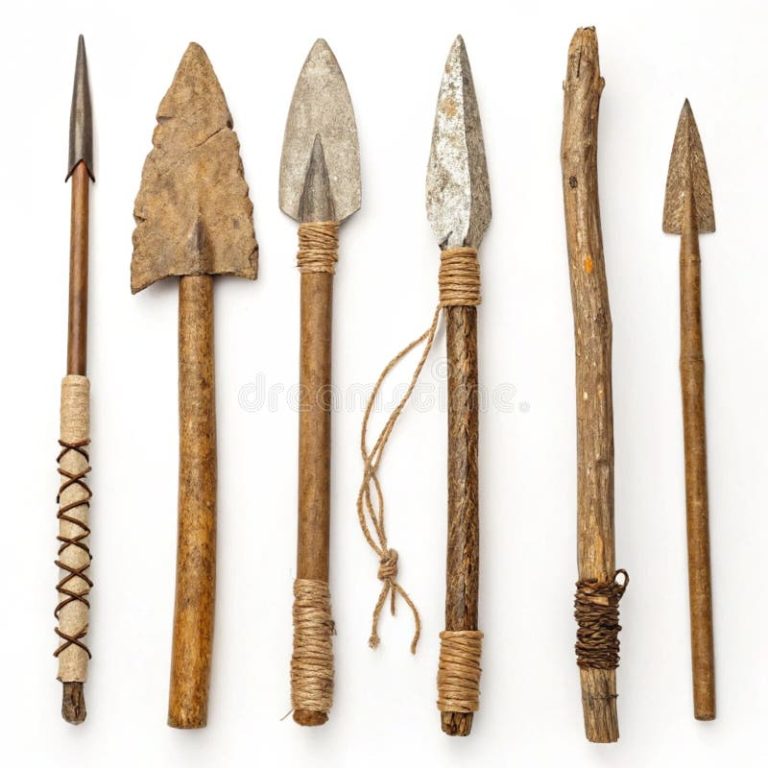Introduction to Plumbing Hand Tools
Plumbing hand tools are vital for any plumbing task, big or small. These tools help plumbers complete jobs efficiently, accurately, and safely. Whether you’re a professional plumber or a DIY enthusiast, having the right tools can simplify even complex repair jobs.
Plumbing hand tools are designed for specific tasks, like fitting pipes or sealing leaks. They reduce manual effort and improve results. Understanding their uses helps you select the best tools for your projects.
In this blog, we’ll explore common plumbing hand tools, their features, and how to use them effectively. By mastering these tools, you can tackle problems quickly and avoid costly repairs.
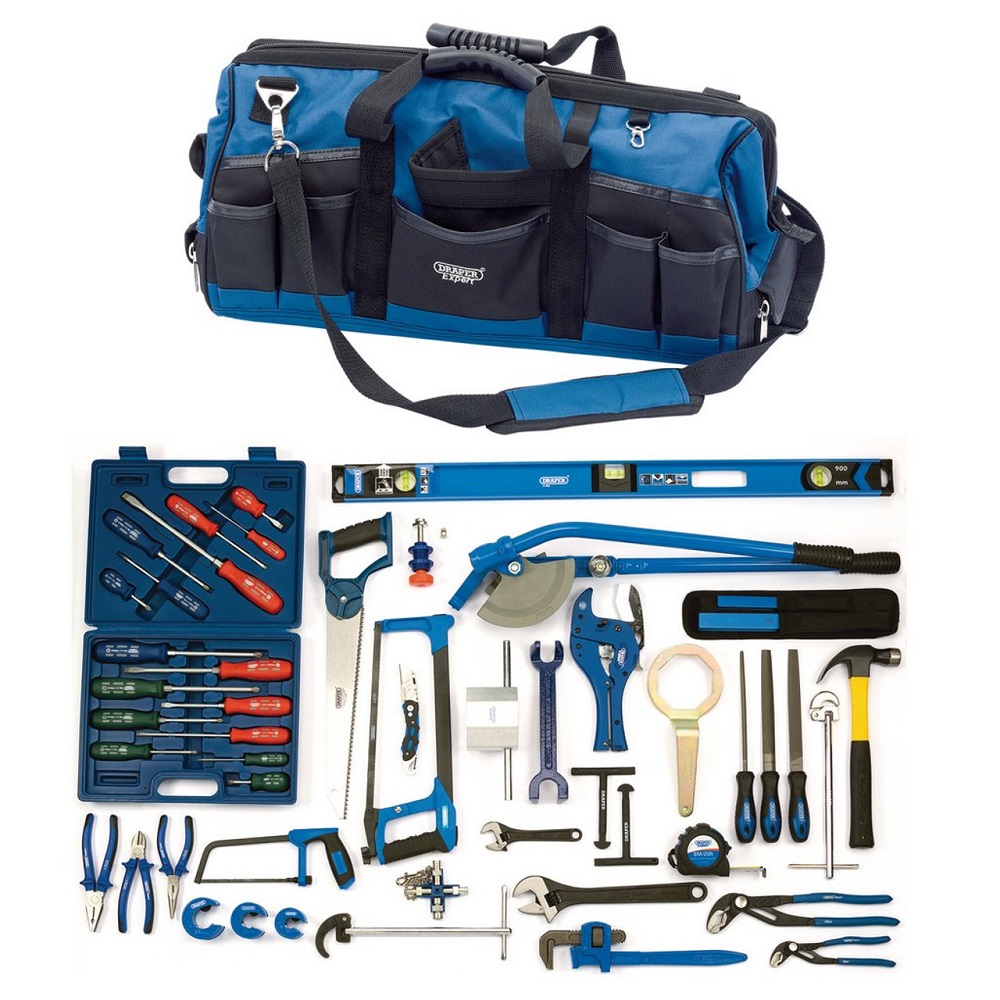
Basic Plumbing Hand Tools Every Plumber Needs
To complete any plumbing task efficiently, the right tools are essential. Basic plumbing hand tools are the backbone of any plumber’s kit. These tools are versatile, durable, and designed to handle common plumbing issues. Below, we’ll cover two essential categories: wrenches and pliers.
Wrenches: Pipe Wrenches, Adjustable Wrenches, and Basin Wrenches
Wrenches are indispensable for tightening and loosening pipe fittings. Here are three key types:
- Pipe Wrenches: These heavy-duty tools are designed for gripping and turning threaded pipes. They feature serrated jaws for a strong grip on metal surfaces.
- Adjustable Wrenches: Also known as crescent wrenches, these tools are adjustable to fit various bolt or nut sizes. They are great for tasks requiring versatility.
- Basin Wrenches: These are specialized tools for tightening or loosening nuts on sinks and faucets. Their long, narrow design allows access to tight spaces behind fixtures.
Keep your wrenches clean and well-maintained to ensure a long service life.
Pliers: Slip-Joint Pliers, Channel Locks, and Needle-Nose Pliers
Pliers are versatile tools used for gripping, twisting, and turning. The most commonly used types include:
- Slip-Joint Pliers: These general-purpose pliers have adjustable jaws for handling different wire or pipe sizes.
- Channel Locks: A type of tongue-and-groove pliers, these are ideal for securing larger pipes or fittings. They offer a firm grip and precise control.
- Needle-Nose Pliers: Perfect for reaching tight spaces, these pliers are excellent for gripping small parts or wires.
Properly maintaining your pliers ensures better performance and durability.
By using these plumbing hand tools, plumbers can tackle most tasks effectively. Investing in high-quality wrenches and pliers will save time and frustrations down the road.
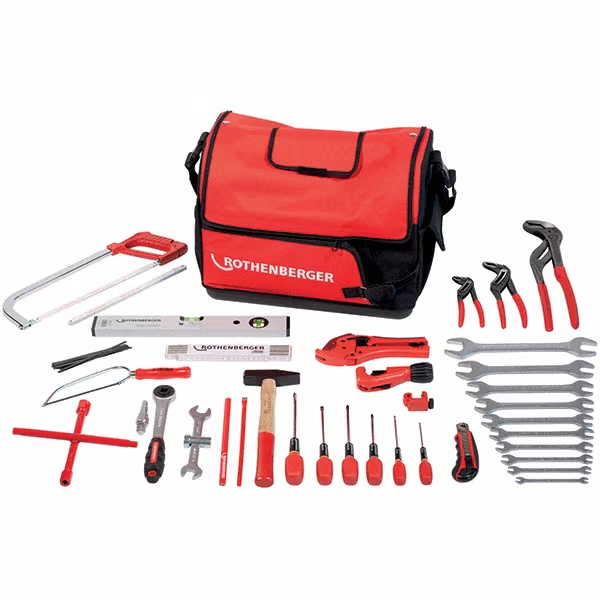
Cutting and Fitting Tools
Cutting and fitting tools are essential for modifying and preparing pipes during plumbing tasks. These tools ensure precise cuts and smooth edges, simplifying the installation process. Equipping yourself with reliable cutting and fitting tools saves time and guarantees a professional finish.
Pipe Cutters: Tube Cutters and Hacksaws
Tube Cutters: These are perfect for clean and precise cuts on copper, PVC, or steel pipes. Tube cutters come with a sharp blade and a rotating mechanism for ease of use. They create smooth edges, reducing the chance of leaks at joints.
Hacksaws: Hacksaws are versatile and effective for cutting various materials like metal and plastic. Their fine-toothed blades allow controlled cuts. Replace worn-out blades regularly to maintain cutting efficiency.
Both tools serve different purposes but are crucial for reshaping pipes correctly.
Deburring Tools and Reamers
Deburring Tools: After cutting pipes, sharp or uneven edges can cause issues. They are compact, portable, and easy to use.
Reamers: These tools enlarge or shape the inner pipe edges after cutting. Reamers ensure pipes connect properly by removing irregularities inside pipe ends.
Using deburring tools and reamers improves the integrity of pipe connections. Clean tools regularly to ensure optimal performance.
Tools for Sealing and Threading
Sealing and threading tools are critical for creating leak-free and secure pipe connections. These tools ensure durability and efficiency in plumbing installations. By using the right sealing and threading tools, you prevent potential water damage and enhance system reliability. Let’s delve into these essential tools.
Thread Seal Tape and Pipe Dope
Both thread seal tape and pipe dope are used for sealing threaded pipe connections. Here’s how they work:
- Thread Seal Tape: Also known as plumber’s tape, it is made of Teflon for a tight seal. It is wrapped around pipe threads to prevent leaks. This tape resists chemicals, heat, and pressure, making it versatile and reliable.
- Pipe Dope: Also called pipe joint compound, it is a liquid sealant applied to threads. It creates a waterproof and airtight bond. It works exceptionally well in high-pressure systems.
Choose the right sealant based on your pipe material and job requirements. Keep these products handy to save time and ensure flawless connections.
Pipe Threaders and Taps
Threaders and taps are vital tools for threading and repairing pipes. They help you create or fix threaded pipe joints efficiently:
- Pipe Threaders: These tools cut precise threads onto pipes, allowing them to be screwed together. Hand-held or powered threaders are ideal for creating threads on galvanized or black iron pipes.
- Taps: These are used to repair damaged threads or create new threads on fittings. They are particularly useful for restoring old or worn-out connections.
Keeping pipe threaders and taps in excellent condition ensures accuracy and ease of use. Inspect and clean them regularly to maintain their performance.
By mastering the use of sealing and threading tools, you enhance the effectiveness of plumbing systems. Quality tools maximize durability and minimize repair needs over time.

Drain Cleaning Tools
Drain cleaning tools help clear clogs and restore water flow. They are essential for maintaining plumbing systems effectively. With the right tools, you can address stubborn blockages without damaging pipes.
Plungers and Drain Snakes
Plungers: Plungers are simple yet effective tools for clearing minor clogs. Their rubber cup creates suction, dislodging debris blocking water flow. Choose sink or toilet plungers depending on your needs, and ensure a strong seal for maximum effectiveness.
Drain Snakes: Also known as plumbing snakes, these flexible tools reach deeper clogs in pipes. They are ideal for removing debris like hair or food particles. Turning their handle ensures the snake pushes through or grabs the blockage, clearing drains quickly.
Plungers and drain snakes are affordable, portable, and easy to use. Clean them thoroughly after use to extend their lifespan.
Augers and Hydro-Jetters
Augers: Augers work for heavy-duty clogs in toilets, sinks, or deep pipes. They use a rotating wire coil to break or pull out blockages. Toilet augers feature a long, curved design to navigate bends efficiently, while drum augers handle larger pipes.
Hydro-Jetters: Hydro-jetters use high-pressure water streams to remove stubborn clogs and build-up. These tools are effective for cleaning grease, sludge, or tree roots in large plumbing systems. They are professional-grade tools requiring careful handling to avoid pipe damage.
Augers and hydro-jetters tackle severe clogs effectively, ensuring smooth water flow. Regular cleaning and maintenance keep them in excellent condition for future jobs.
Using drain cleaning tools properly saves time and prevents expensive plumbing repairs. Invest in quality tools to maintain your drains efficiently.
Specialized Plumbing Tools for Advanced Jobs
Specialized plumbing tools enable plumbers to handle complex tasks with precision and efficiency. These tools are designed to meet advanced requirements beyond basic hand tools, providing versatility for challenging projects. Investing in these tools ensures faster installations and repairs. Below are two categories of specialized plumbing tools:
Crimpers and PEX Tools
Crimpers and PEX tools are essential for working with PEX piping systems, widely used in modern plumbing.
- Crimpers: Used to secure metal rings tightly onto PEX pipes. They ensure leak-free connections.
- PEX Expansion Tools: These tools expand pipe ends for fitting. They offer secure and durable connections.
- PEX Cutters: Tailored to cut PEX pipes accurately. They prevent uneven edges and ensure smooth fittings.
These tools simplify PEX pipe installations and improve system reliability. Regular maintenance keeps them functional.
Faucet and Sink Installer Tools
Faucet and sink installer tools are invaluable for installing fixtures accurately and efficiently.
- Faucet Wrenches: Specialized wrenches designed for tightening faucet nuts in tight spaces.
- Sink Installation Clips: These clips secure sinks firmly in place for stability and support.
- Plumber’s Putty Tools: These tools help apply putty and seal gaps around fixtures.
By using these tools, plumbers can install faucets and sinks without hassle. Clean and store them properly for long-term use.
Having advanced tools like crimpers, PEX tools, and faucet installers ensures high-quality plumbing results. Equip yourself with these tools for complex jobs to enhance efficiency and precision.
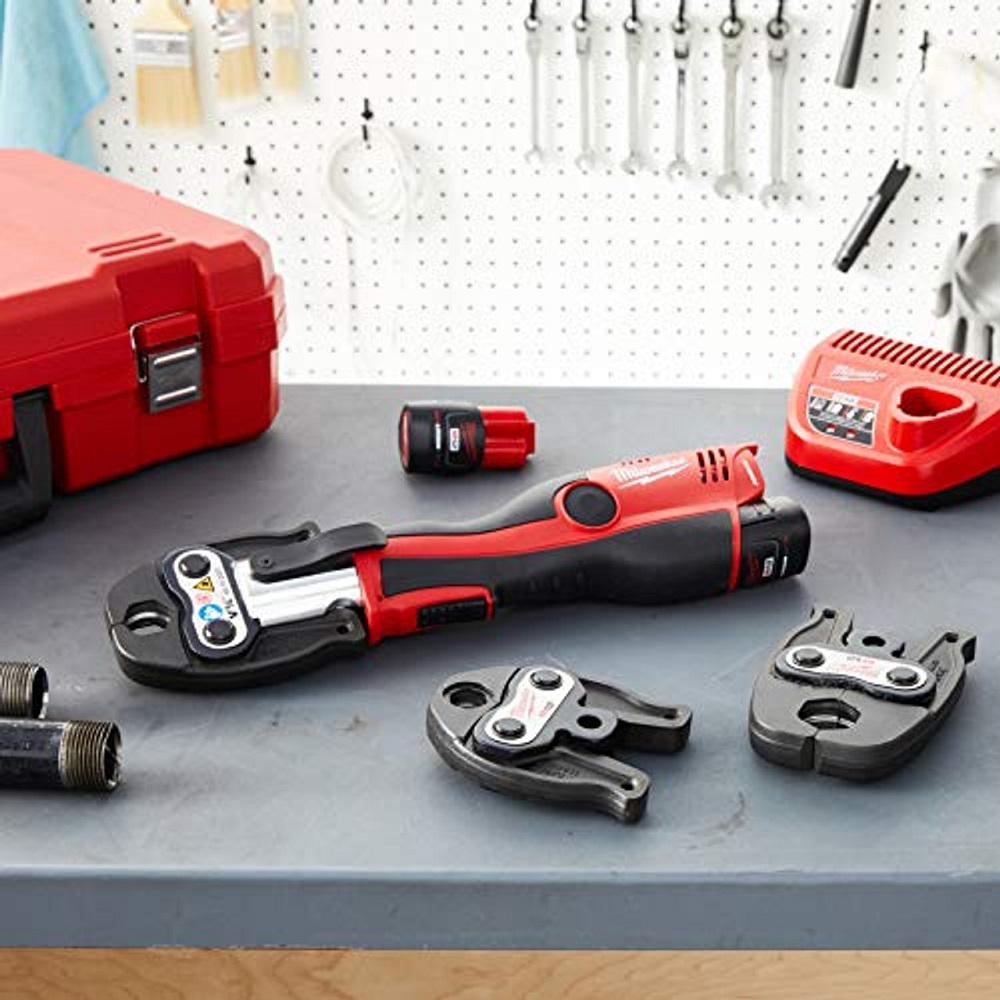
Tips for Maintaining Your Plumbing Tools
Proper maintenance of plumbing hand tools ensures their durability and reliable performance over time. Well-maintained tools boost efficiency and reduce the risk of unexpected failures during tasks. Follow these essential tips to keep your plumbing tools in top condition:
- Clean Tools After Each Use: Wipe off dirt, grime, and debris to prevent rust and corrosion. Use a damp cloth or a mild cleanser for thorough cleaning. Ensure tools are dry before storing them.
- Lubricate Moving Parts: Apply lubricants like machine oil to hinges, bolts, and joints. This prevents stiffness and extends the functionality of tools, especially wrenches and pliers.
- Inspect for Damage Regularly: Check tools for cracks, chips, or signs of wear and tear. Replace damaged tools immediately to ensure safety and efficiency.
- Sharpen Cutting Tools: Keep blades of hacksaws, tube cutters, and PEX cutters sharp for precise cuts. Use appropriate sharpening equipment or replace blades if they become dull.
- Store Tools Properly: Use a toolbox, organizer, or wall-mounted rack to keep tools arranged and accessible. Avoid storing them in damp or humid conditions.
- Apply Rust Prevention Measures: Use anti-rust sprays or coatings on metal surfaces. This step is especially useful for tools used in wet environments.
- Keep Handles in Good Shape: Inspect tool handles for cracks or looseness. Secure or replace handles as needed to maintain a solid grip.
- Test Sealing Materials Periodically: For tools like thread seal tape or pipe dope, ensure they are still effective and not dried out.
By following these maintenance practices, you can ensure the longevity and safe usage of your plumbing tools. Consistent care saves costs on replacements and enhances work quality.
How to Choose the Right Tools for Your Plumbing Needs
Choosing the right plumbing hand tools ensures efficiency and quality in every project. With so many options available, selecting the best tools can feel overwhelming. Follow these steps to make informed decisions:
Assess Your Plumbing Tasks
- Identify the job requirements, such as repairs, installations, or clog removal.
- Break down your tasks into categories, like cutting, sealing, or tightening pipes.
- Match tools specifically designed for your planned activities.
Consider Material Compatibility
- Check if the tool works with your pipe materials, like PVC, copper, or steel.
- Use tools like pipe cutters or threaders suitable for specific materials.
- Ensure sealing tools, like thread tape, are compatible with water pressure systems.
Prioritize Quality and Durability
- Choose tools made from high-quality, rust-resistant materials, such as stainless steel.
- Opt for brands known for reliable and durable tools.
- Avoid sacrificing quality for lower prices, as better tools save money in the long term.
Evaluate Tool Versatility and Comfort
- Select multipurpose tools, such as adjustable wrenches or channel locks.
- Prioritize tools with ergonomic, non-slip grips for extended use.
- Look for adjustable designs that handle varying pipe sizes and fittings.
Invest in Specialized Tools If Needed
- For advanced tasks, get specialized tools like crimpers for PEX or hydro-jetters for clogs.
- Determine if renting tools makes more sense for one-time, complex projects.
Start with Basic Tools and Expand Gradually
- Build your toolkit with essentials like a pipe wrench, tube cutter, and plunger.
- Gradually add advanced tools as your project scope and skills grow.
Seek Expert Recommendations
- Consult professional plumbers or sales experts for advice on tool selection.
- Read reviews and testimonials for insight on the best brands and tool models.
By following these tips, you can choose the perfect plumbing hand tools for every task. Well-selected tools make jobs easier, faster, and more professional.
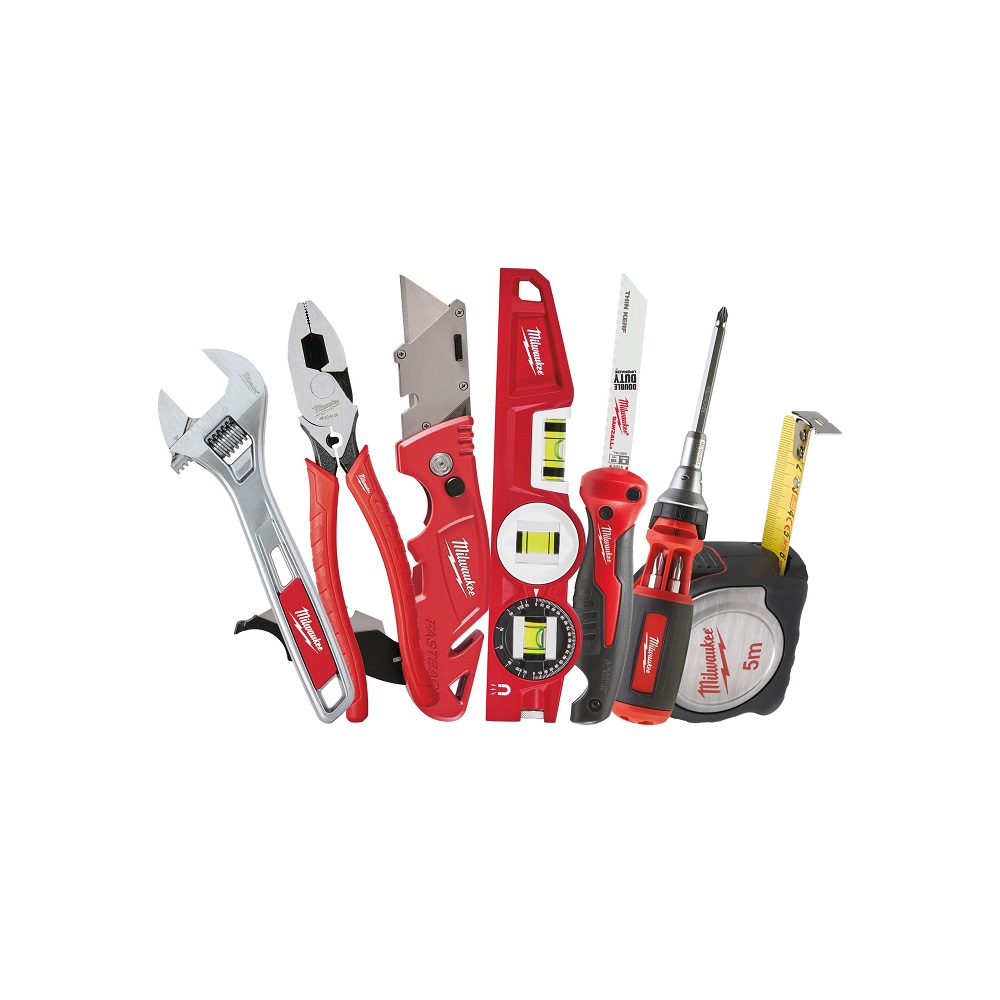
Conclusion
Having the right plumbing hand tools makes every repair job more manageable and efficient. Understanding the purpose of each tool allows you to approach plumbing tasks with confidence and effectiveness. By adequately equipping yourself with essential gear, you ensure that you are prepared for various plumbing repairs, whether minor fixes or major installations. With this knowledge, you can tackle plumbing tasks with ease, creating a more functional and comfortable environment in your home. Being well-prepared with the right tools will make your plumbing endeavors successful and rewarding.

